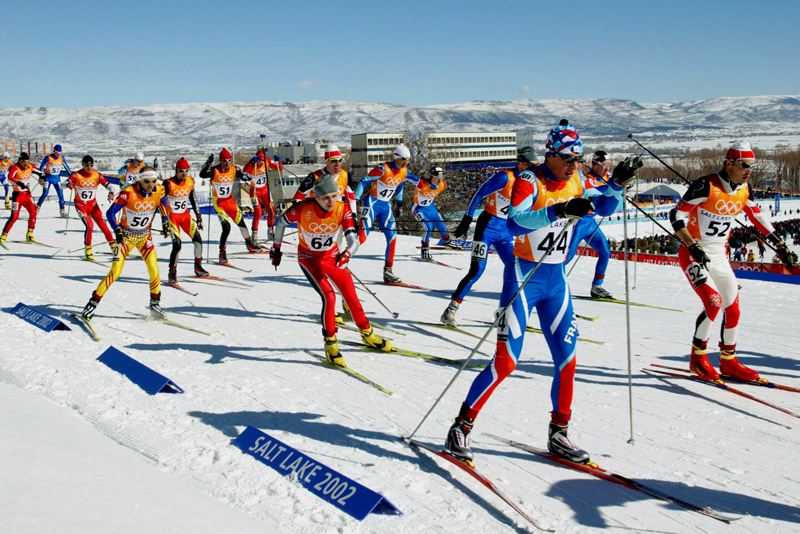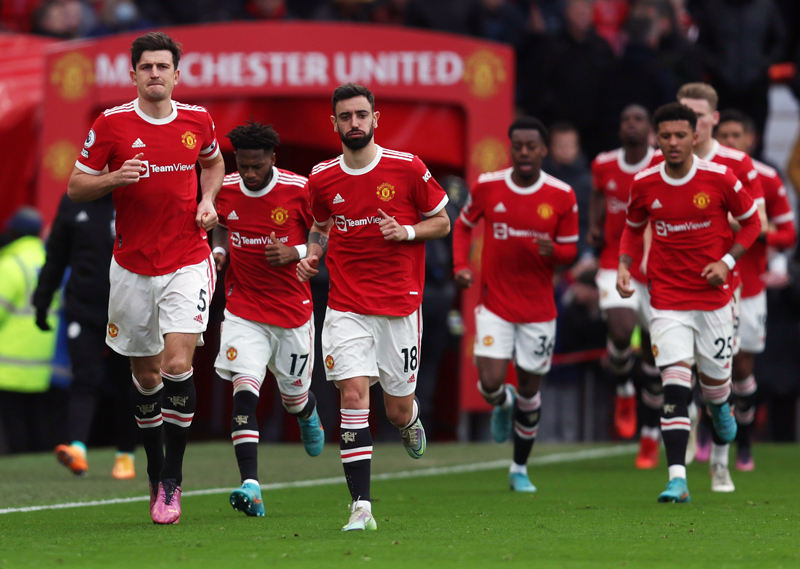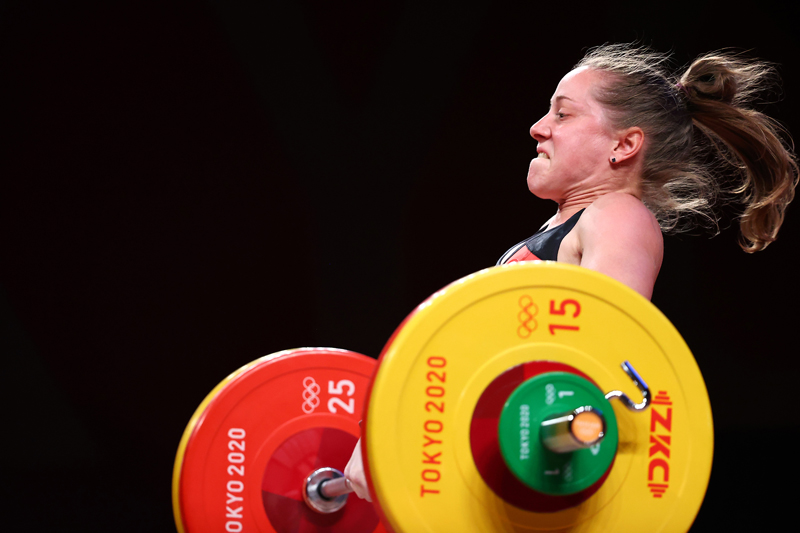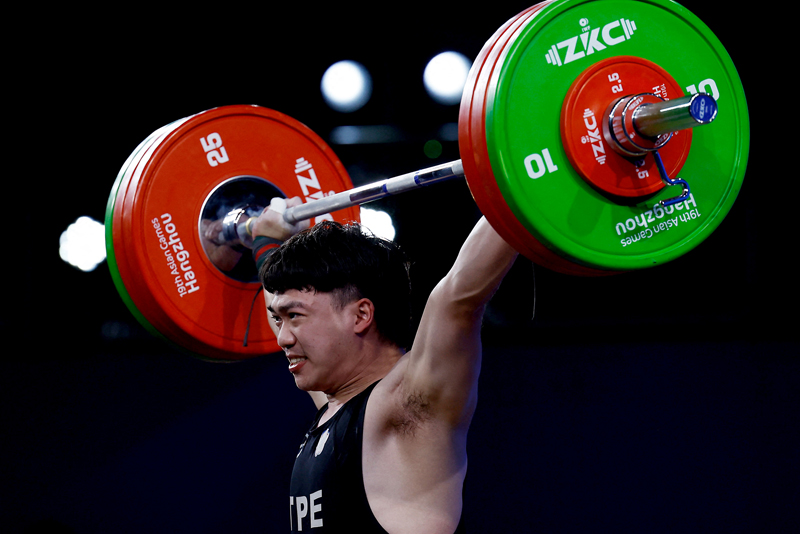Living life in the fast lane; the truth about training for speed

Over recent years, a growing body of evidence has been accumulating that once you’ve reached a good base level of fitness, the way you manipulate your training intensity is the key to making further progress. There are an infinite number of ways to add speed/intensity to a training program. This can be achieved by many, many permutations of a number of variables including:
• The intensity of a workout or interval.
• The workout/interval duration and numbers of intervals.
• The number of intense sessions per week and ratio of intense to low-intensity (zone 1 training).
Needless to say, it’s impossible to make definitive recommendations for everyone. Firstly, what works best will vary according to an individual and his/her event/distance. Secondly, the recommended balance of these factors will change as fitness levels change, and at different times of the season. What we can do however, is to look at studies to see what kind of protocols have been tested and how effective they are.
Is less more?
A 2017 study by a team of Danish scientists looked at the frequency of added high-intensity speed endurance training(1). In particular, it sought to establish whether speed-endurance training performed every second day was more effective than performing it only half as often. Eighteen male and 14 female trained runners completed 20 sessions of training. However, the runners were split into two groups:
• Speed-endurance training every other day.
• Speed-endurance training every fourth day.
The speed-endurance protocol was based on high-intensity intervals. During the these sessions, the subjects first warmed up by running 1.5kms gentle then performing running, and sprint-specific exercises such as butt kicks, skips, and skips for height), and dynamic stretches (e.g., leg cycling, leg drives, and jump squats).
Following this the subjects performed all-out 30-second running bouts each separated by 3.5 minutes of rest. The ‘every other day’ group performed twelve 30-second repetitions on day 1 and day 5 and eight repetitions on day 3 and day 7, during an 8-day block. The ‘every fourth day’ group performed ten repetitions on day 2 and day 6 during an 8-day block. The difference in protocols was to ensure that the every other day group were able to spread the workload a little more evenly during each 8-day block
The key findings were that just ten speed endurance training sessions improved short-term exercise capacity and 10km performance of the runners – regardless of the frequency of training (see figure 1). If anything, the lower-frequency training resulted in greater performance improvements. And while adding a further ten sessions further improved sprint capacity, it didn’t result in any extra benefits for 10km performance. This is an important point; the runners in this study were well trained with excellent levels of fitness. Doubling the frequency (and workload of high-intensity training) produced no extra benefits – possibly because it didn’t allow for adequate recovery – something that less capable athletes should bear in mind.
Figure 1: 10km performances after ‘every fourth day’ speed-endurance training
You need to be logged in to continue reading.
Please register for limited access or take a 30-day risk-free trial of Sports Performance Bulletin to experience the full benefits of a subscription. TAKE A RISK-FREE TRIAL
TAKE A RISK-FREE TRIAL
Newsletter Sign Up
Testimonials
Dr. Alexandra Fandetti-Robin, Back & Body Chiropractic
Elspeth Cowell MSCh DpodM SRCh HCPC reg
William Hunter, Nuffield Health
Newsletter Sign Up
Coaches Testimonials
Dr. Alexandra Fandetti-Robin, Back & Body Chiropractic
Elspeth Cowell MSCh DpodM SRCh HCPC reg
William Hunter, Nuffield Health
Keep up with latest sports science research and apply it to maximize performance
Today you have the chance to join a group of athletes, and sports coaches/trainers who all have something special in common...
They use the latest research to improve performance for themselves and their clients - both athletes and sports teams - with help from global specialists in the fields of sports science, sports medicine and sports psychology.
They do this by reading Sports Performance Bulletin, an easy-to-digest but serious-minded journal dedicated to high performance sports. SPB offers a wealth of information and insight into the latest research, in an easily-accessible and understood format, along with a wealth of practical recommendations.
*includes 3 coaching manuals
Get Inspired
All the latest techniques and approaches
Sports Performance Bulletin helps dedicated endurance athletes improve their performance. Sense-checking the latest sports science research, and sourcing evidence and case studies to support findings, Sports Performance Bulletin turns proven insights into easily digestible practical advice. Supporting athletes, coaches and professionals who wish to ensure their guidance and programmes are kept right up to date and based on credible science.









